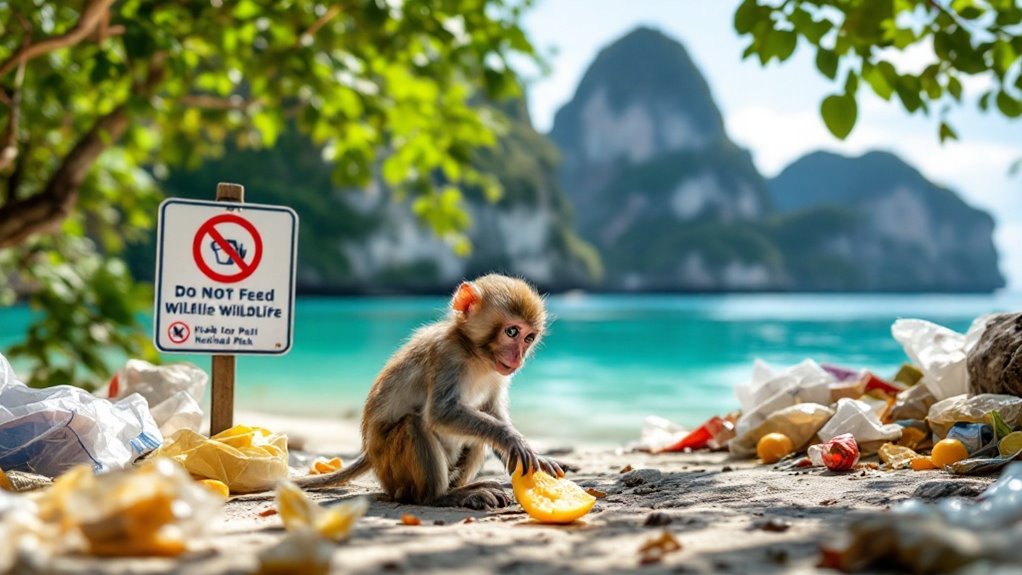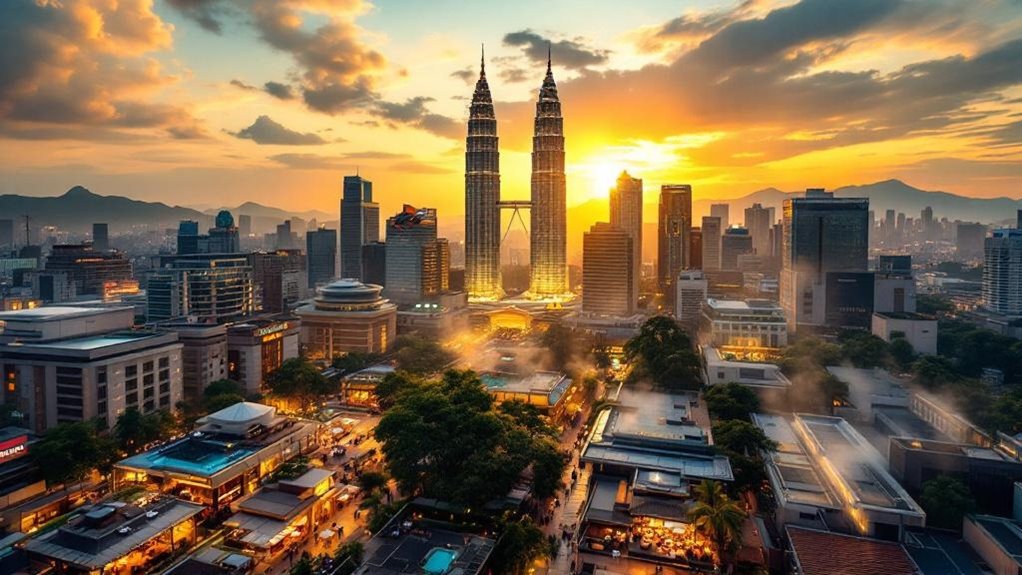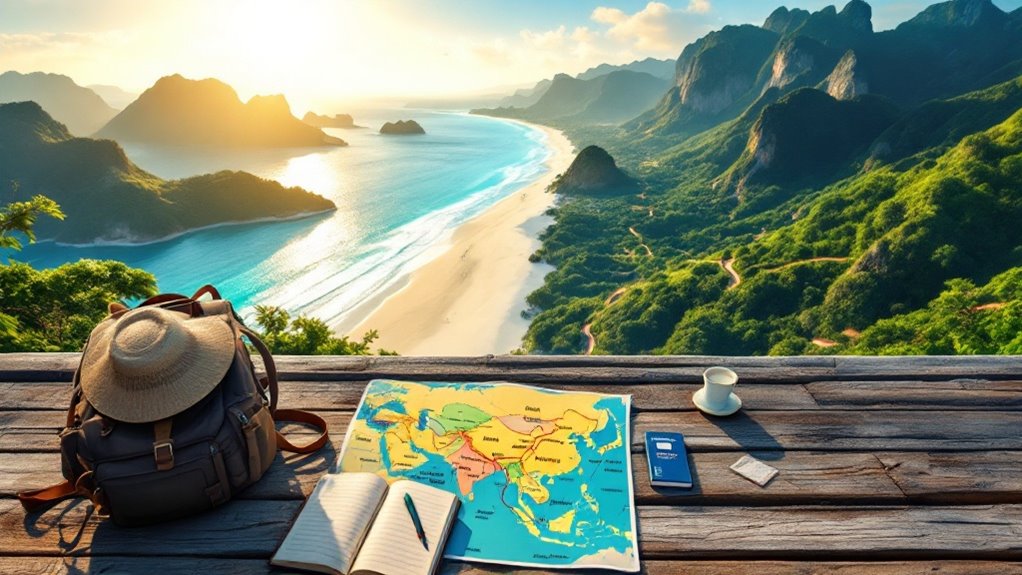Rainy season travel in Southeast Asia, from May to October, offers marked advantages such as discounted accommodations—up to 50 percent off—in Thailand and Bali, lighter tourist crowds at sites like Angkor Wat, and access to festivals and lush landscapes across Vietnam, Cambodia, and the Philippines. However, travelers may face disruptions from heavy rains, flooding, and typhoons, particularly in urban centers and on certain coasts. Those seeking more detailed guidance can find further insights on maneuvering through these conditions.
Although many travelers instinctively avoid Southeast Asia during the rainy season, this period—typically spanning May to October in countries like Thailand, Vietnam, and Cambodia—presents a complex set of regional variations and unique opportunities. Monsoon patterns vary considerably, with Thailand, Vietnam, and Cambodia experiencing well-defined wet seasons, while islands in Indonesia and Malaysia face more consistent rainfall throughout the year, punctuated by intensified periods.
Southeast Asia’s rainy season brings diverse monsoon patterns and hidden travel opportunities, challenging the instinct to avoid these months.
The Philippines, especially its northern and eastern regions, encounters double wet seasons due to shifting wind patterns, with peak rainfall occurring in late summer and fall. Remarkably, annual precipitation can be substantial; for instance, Thailand’s Gulf Coast, including Chanthaburi, receives between 2,800 and 3,500 millimeters per year. Despite general wetness, certain areas such as Thailand’s central plains often experience brief dry interludes even during the heaviest monsoon months. Monsoon rains, characterized by abrupt transitions from dry to wet weather, can lead to sudden changes in local travel conditions.
For travelers, the rainy season offers several benefits. Tourist density at major attractions, such as Angkor Wat, drops considerably, resulting in a quieter atmosphere. Accommodation prices in destinations like Thailand and Bali decrease by 20 to 50 percent, while regional airlines frequently introduce discounted fares. During the rainy season, accommodation prices decrease across Southeast Asia as businesses aim to attract more visitors during the low season.
Securing reservations for popular tours and restaurants becomes easier, and opportunities for genuine cultural interaction increase as locals are less preoccupied with crowds. For budget-conscious backpackers, this off-peak period allows for significant savings on transportation and activities while still enjoying authentic experiences. However, the season does pose logistical challenges. Heavy downpours, particularly on Thailand’s east coast and islands such as Koh Chang, can disrupt transportation, while typhoons threaten Vietnam and the Philippines from July to October.
Humidity regularly reaches 80 to 90 percent, elevating heat discomfort, and urban centers like Bangkok may experience sudden flash floods. Ferry and island-hopper cancellations are more common, impacting regional mobility.
Despite these drawbacks, the rainy season coincides with remarkable festivals and natural spectacles. Events such as Thailand’s Phi Ta Khon and Malaysia’s Rainforest World Music Festival occur during these months. Rice-planting ceremonies in Vietnam and Laos, vibrant rice terraces in Bali, and peak-flow waterfalls in Laos and Thailand offer distinct visual and cultural rewards.
Travelers benefit from practical measures like waterproof packing, mosquito precautions, and flexible itineraries to maximize safety and enjoyment during this multifaceted season.









